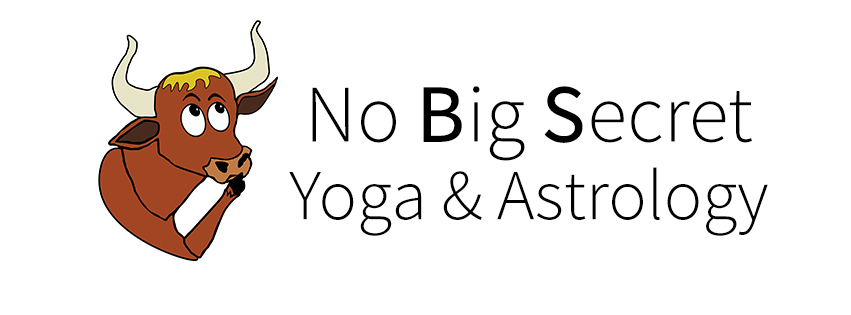Sutras 1.44 to 1.46 - Getting Toward the End of the Line
1.44. In this way the meditative and the ultra-meditative having the subtle for their objects are also described.
1.45. The province of the subtle terminates with pure matter that has no pattern or distinguishing mark. 1.46. These constitute seeded contemplations.
So, as we come close to the end of Book One of the Yoga Sutras, we get a vague descriptor of what the near end of the finish line looks like. Book Two describes the actual process of getting to this point, which is the reason why I am holding off on further practice instruction. If you have already started your practice, or followed the links I have provided, that's great.
Sutras 1.44 through 1.46 is a reference to a state of mind called Samapatti, or to put it in a differently, Samadhi. Samadhi has differing states with blurred boundaries between them. Through consistent effort, a Yogi will reach a state of meditation on their object of choice, that all will merge into one state of being. So, the meditator, the object of meditation and the act of meditation become one. This is something that is difficult to describe on paper. It's one of those things that a Yogi strives for, but does not come after a set amount of time, effort or method.
By this time, the sameness is everything is realized. Nothing is really different from another. A thought is the same as a bush is the same as the cosmos. We have rid the mind of all our Samskaras, meaning that there are no more subtle impressions lodged in the unconscious mind. This is what "seeded contemplations" means in Sutra 1.46.
So this brings up and interesting and somewhat frightening question. What the hell is left of me once I have eliminated everything associated with the Ahemkara, or your sense of self identity? Why would anyone even want to give up their self identity in the first place? Well, I can only tell you what I feel from my perspective. Peace of mind is all I ever wanted from life. Once I got a dose of that, many other material things fell to the wayside.
The Vedas talk about four states of existence that we all most go through in our soles journey back to the divine: Dharma or Righteousness Duty, Artha or Wealth, Kama or Desire, Moksha or Liberation. We all incarnate with a mixture of these four primary motives. No one is better than the other, so if you want to lead a wealthy and hedonistic lifestyle, go for it. Yoga's intention, at it's resolution, is meant to bring about Liberation of the soul. I think some of us that are on this path are deliberately left unfulfilled by material life in order to push us in this direction.
It's interesting how Vedic Traditions tie into one another. For instance, you can get a complete picture of your karma by studying Vedic Astrology. I have studied it myself and still find things about it that I never knew existed. If you want more information on how in depth in can be, see my post on what a Vedic Astrology chart looks like: a giant Sudoku puzzle.
